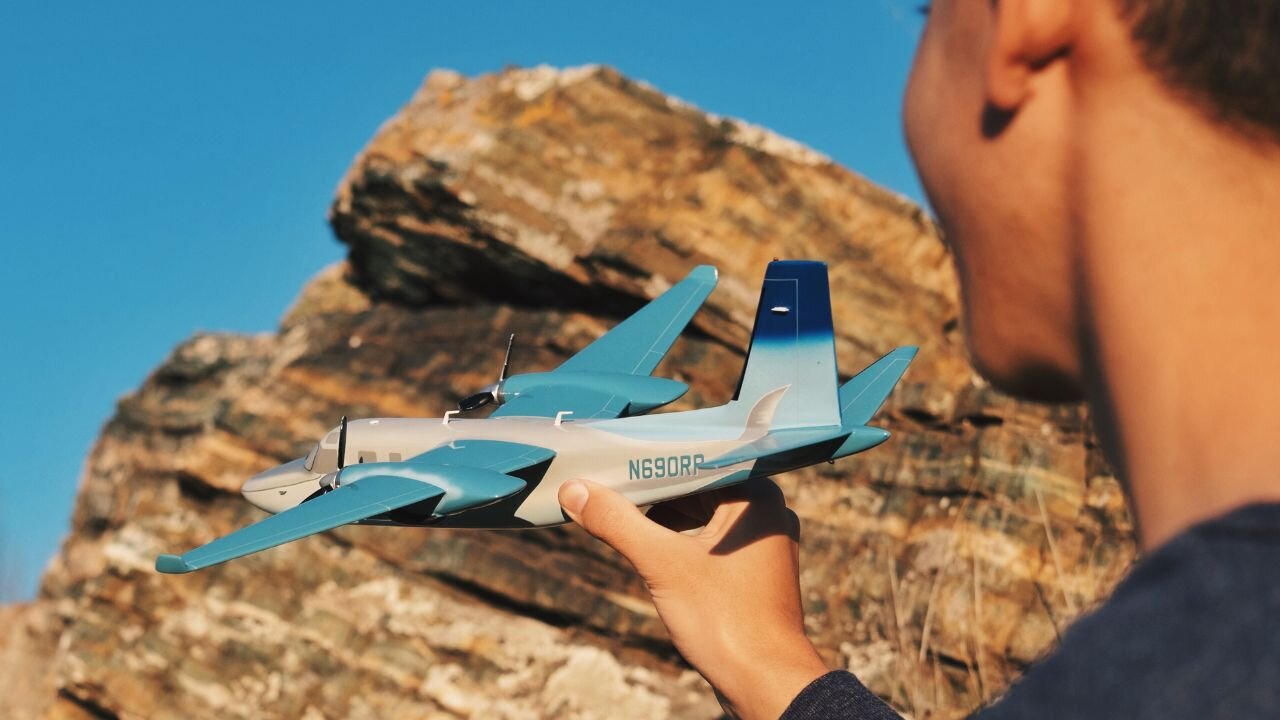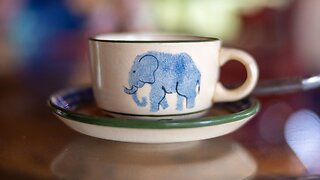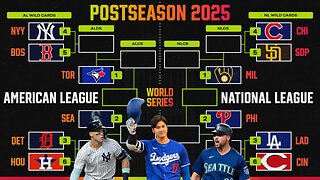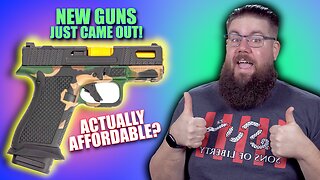Premium Only Content

Two-thirds of Americans want their childhood products to come back
Which long-gone products would you want to make a comeback? A new study has found two in three Americans would pay extra to have their favorite retired products revived.
The poll of 2,000 U.S. adults found the average person would pay 32% more for the products they once loved to be brought back to reality from their favorite brands.
Over half (55%) said retired products are more valuable to them than anything brands can currently offer.
Many respondents named old products they think deserve the revival treatment: classic Atari, Sega and Nintendo consoles, Crystal Pepsi, Banana Nesquik, Blackberry phones, iPods, Jolt soda, Surge soda and Bubblegum Jeans.
Commissioned by UserTesting and conducted by Talker Research, the study revealed 71% would likely shop from brands that they associate with childhood nostalgia.
Over half (57%) said they’re also likely to buy second-hand products from their favorite brands, even if they’re not the latest-and-greatest.
And four in five (81%) can recall at least one brand they feel loyal to. On average, they’re loyal to six different brands.
Consumers are most likely to be loyal to grocery/food brands (54%), clothing brands (42%), footwear brands (37%), and both phones (29%) and electronics brands (28%).
Thirty percent said their loyalty can be considered “extreme” — they’d flat out refuse products from other brands, even if their favorite brand were to suddenly retire their favorite products. Another 54% considered themselves “pretty loyal” — they would consider other brands for products, but only if their favorite brand no longer makes their favorite products.
Respondents shared what they believe causes them to remain loyal to specific brands and their products: if the brand makes high-quality products (59%), if consumers have a good experience with the brand (58%), and if consumers have used the brand’s products for years (56%).
"Brand loyalty is a powerful thing," commented Bobby Meixner, senior director of industry solutions at UserTesting. "While nostalgia can spark preference, true loyalty is built on experience. A great experience keeps customers coming back—how a brand engages plays a critical role in long-term commitment."
Brand loyalty runs deep—so deep that 73% of consumers say they’d continue paying for their favorite brands and products even if prices skyrocketed.
According to them, they’d pay an average 25% more across all different shopping categories. The highest amount extra people would be willing to pay belong to gaming brands (34%), jewelry and watch brands (33%), fitness brands (28%) and their favorite computing brands (27%).
However, there are some limits to one’s loyalty. Results showed that people would consider trying a new brand if they made a superior product to the one they love using (43%), if the brand they’re loyal to were to go out of business (43%) or if it was recommended to them by family/friends (37%).
“Price plays a role in loyalty but it’s surprising to see that many consumers don’t see it as the ‘be all, end all’,” continued Bobby. “Value is more important than mere price for a lot of people—they’re willing to spend the money if what they buy can give them the value they want. That, and a good customer experience, are what really build up that loyalty.”
Survey methodology:
Talker Research surveyed 2,000 general population Americans; the survey was commissioned by UserTesting and administered and conducted online by Talker Research between Feb. 22 and Feb. 27, 2025.
We are sourcing from a non-probability frame and the two main sources we use are:
● Traditional online access panels — where respondents opt-in to take part in online market research for an incentive
● Programmatic — where respondents are online and are given the option to take part in a survey to receive a virtual incentive usually related to the online activity they are engaging in
Those who did not fit the specified sample were terminated from the survey. As the survey is fielded, dynamic online sampling is used, adjusting targeting to achieve the quotas specified as part of the sampling plan.
Regardless of which sources a respondent came from, they were directed to an Online Survey, where the survey was conducted in English; a link to the questionnaire can be shared upon request. Respondents were awarded points for completing the survey. These points have a small cash-equivalent monetary value.
Cells are only reported on for analysis if they have a minimum of 80 respondents, and statistical significance is calculated at the 95% level. Data is not weighted, but quotas and other parameters are put in place to reach the desired sample.
Interviews are excluded from the final analysis if they failed quality-checking measures. This includes:
● Speeders: Respondents who complete the survey in a time that is quicker than one-third of the median length of interview are disqualified as speeders
● Open ends: All verbatim responses (full open-ended questions as well as other please specify options) are checked for inappropriate or irrelevant text
● Bots: Captcha is enabled on surveys, which allows the research team to identify and disqualify bots
● Duplicates: Survey software has “deduping” based on digital fingerprinting, which ensures nobody is allowed to take the survey more than once
It is worth noting that this survey was only available to individuals with internet access, and the results may not be generalizable to those without internet access.
-
 1:19
1:19
SWNS
2 hours agoNearly 2 in 3 homeowners have never used their 'special occasion' items
5 -
 LIVE
LIVE
Game On!
20 hours agoMLB Playoff UPDATE! The Yankees Are DONE!
1,031 watching -
 LIVE
LIVE
The Bubba Army
22 hours agoEpstein Trump PICS? | Bubba the Love Sponge® Show | 10/08/2025
2,593 watching -
 28:54
28:54
Producer Michael
15 hours agoANSWERING YOUR MOST IMPORTANT QUESTIONS!
7.63K3 -
 8:24
8:24
Hollywood Exposed
13 hours agoCNN Host Turns on Democrats LIVE And Bill Maher Can’t Believe It!
3.34K11 -
 30:59
30:59
Uncommon Sense In Current Times
17 hours ago $0.45 earnedImmigration, Crime & Justice Reform | Brett Tolman on Borders, Cartels & the First Step Act
10.4K1 -
 15:36
15:36
The Gun Collective
13 hours agoWOW! Tons of NEW GUNS just dropped!
4.23K10 -
 LIVE
LIVE
BEK TV
23 hours agoTrent Loos in the Morning - 10/08/2025
152 watching -
 2:21
2:21
NAG Daily
12 hours agoPOLITICAL FAMILY GAMESHOW w/ GreenMan Reports
4.07K -
 0:49
0:49
OfficialJadenWilliams
16 hours agoGTA 6 is downloading but you hear trumpets outside
4.29K5
